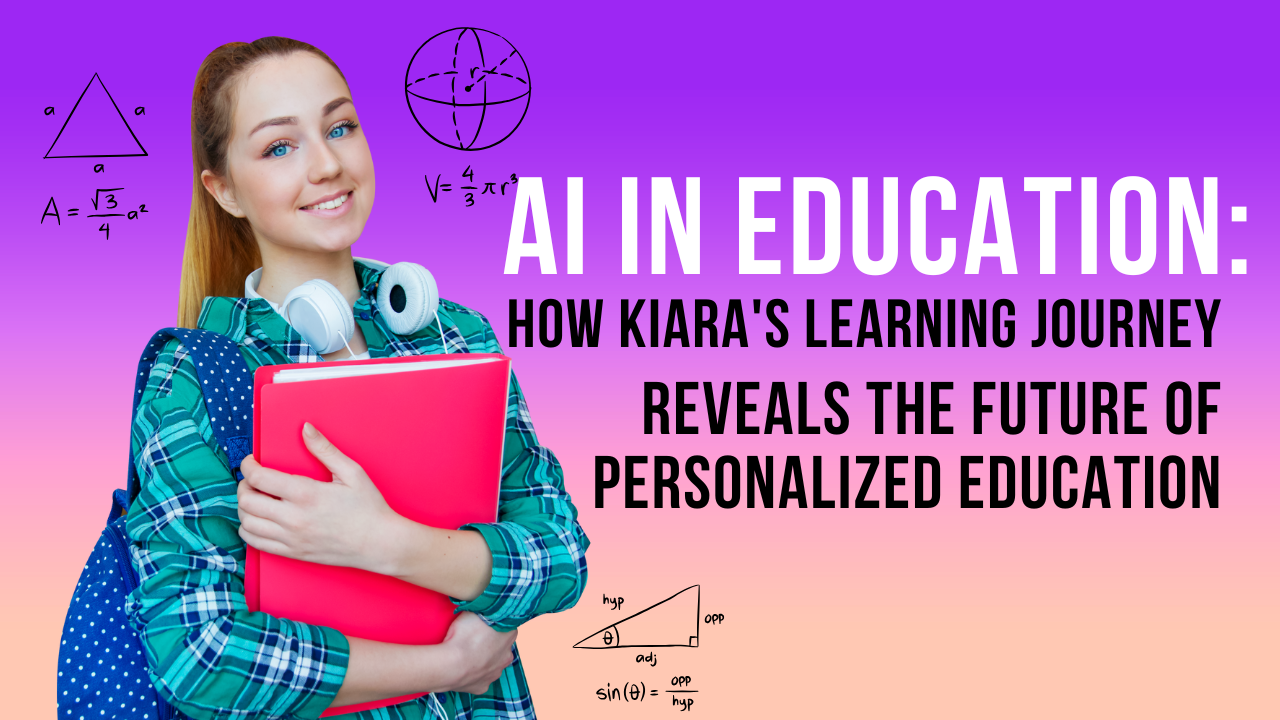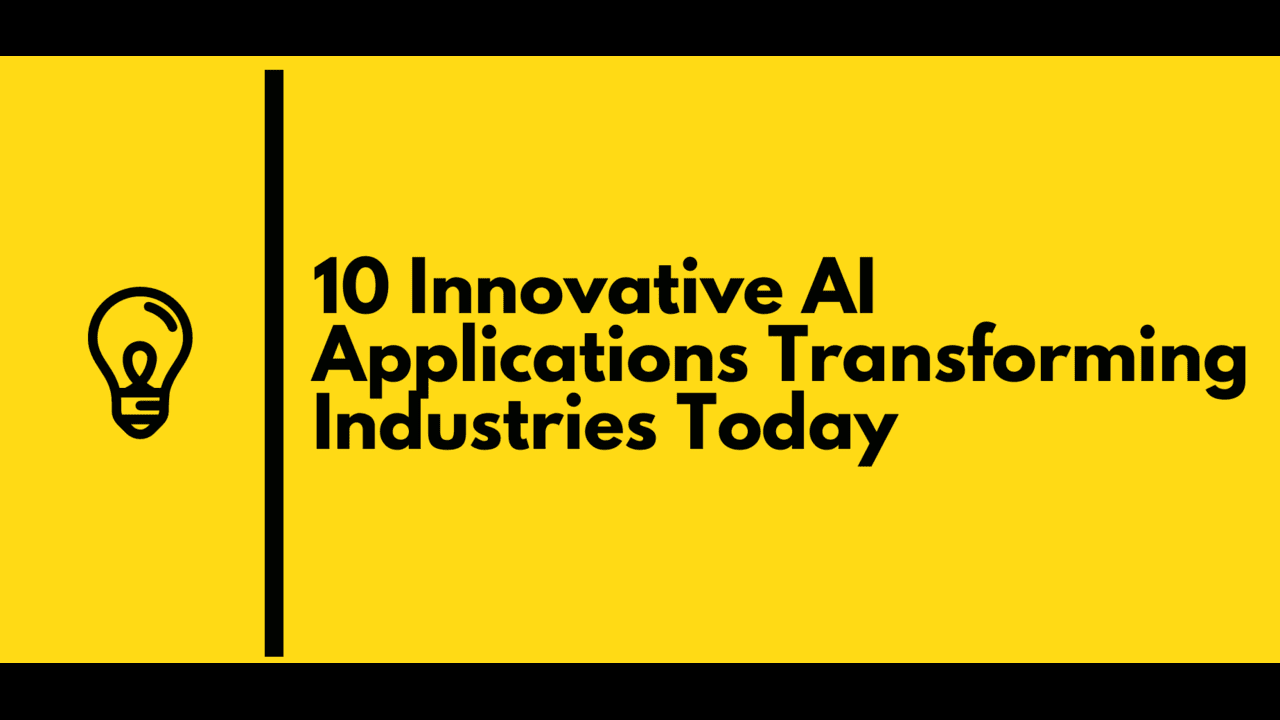In the quest for a sustainable future, artificial intelligence (AI) emerges as both a beacon of hope and a source of concern. Imagine a world where advanced algorithms optimize energy usage in homes, predict climate patterns with remarkable accuracy, and help businesses reduce waste. This vision is not far-fetched; it is being realized today. However, as we embrace these innovations, it is crucial to recognize that AI also has a darker side that can exacerbate environmental challenges. This blog explores the multifaceted role of AI in sustainability, highlighting its potential benefits, pitfalls, and the concept of “green AI.”
The Promise of AI in Sustainability: Google
In the quest for a sustainable future, artificial intelligence (AI) stands out as a powerful ally, particularly in the efforts of tech giants like Google. By leveraging AI, Google has made significant strides in enhancing sustainability across its operations and in urban environments.
Google’s Data Centers and Energy Efficiency
Google’s commitment to sustainability is exemplified by its ambitious goal to power all its data centers with 24/7 carbon-free energy by 2030. Since 2010, the company has invested heavily in renewable energy, achieving a milestone of matching 100% of its electricity consumption with renewables by 2017. A key component of this strategy is the use of AI to optimize energy efficiency within its data centers.
For instance, Google employs machine learning algorithms to manage cooling systems more effectively. By analyzing a multitude of factors—such as temperature, humidity, and energy consumption—Google’s AI can predict the most efficient cooling methods needed at any given time. This innovative approach has led to a remarkable 40% reduction in energy consumption for cooling alone. Such advancements not only lower operational costs but also significantly reduce the carbon footprint associated with data center operations.
Enhancing Urban Sustainability
Google’s AI initiatives extend beyond its facilities to impact cities worldwide. Through projects like Project Green Light, Google aims to improve traffic management in urban areas, which are often plagued by pollution and congestion. By using AI to adjust traffic light timings based on real-time data, Google can help reduce stop-and-go traffic, thereby lowering vehicle emissions. This solution is particularly beneficial as it leverages existing infrastructure without requiring costly new technologies.
Moreover, Google’s Tree Canopy tool uses AI and aerial imagery to assist cities in mapping and managing their tree cover. This tool helps local governments prioritize tree planting in areas most in need, contributing to urban greening efforts that enhance air quality and mitigate heat islands.
The Dark Side of AI in Sustainability: Challenges Faced by Google
Despite these promising applications, Google’s journey toward sustainability through AI is not without challenges. The company has faced increasing greenhouse gas emissions—up 13% last year—due to the high computational demands of its AI systems. This paradox highlights a critical issue: while AI can drive efficiency and innovation, it also contributes to increased energy consumption and emissions if not managed carefully.
High Energy Consumption
The training of large-scale AI models requires substantial computational resources, leading to significant energy consumption. For example, Google acknowledges that training a single model can consume enough energy to power an average household for several months. This reality raises questions about the overall environmental impact of deploying advanced AI technologies.
Water Usage and Electronic Waste
Additionally, Google’s data centers require considerable water resources for cooling purposes. As demand for cloud services grows, so does the pressure on water supplies in regions where these facilities are located. Furthermore, the rapid pace of technological advancement leads to increased electronic waste as companies upgrade their hardware to support more sophisticated AI applications.
Embracing Green AI: Google’s Commitment
To address these challenges, Google is actively pursuing “green AI” initiatives aimed at minimizing environmental impacts while maximizing efficiency. For instance:
Energy-Efficient Models
Google is investing in developing more energy-efficient chips and practices that reduce emissions during model training. By optimizing algorithms for lower power consumption without sacrificing performance, the company aims to mitigate some of the negative effects associated with AI deployment.
Sustainable Infrastructure
In collaboration with partners like Intersect Power and TPG Rise Climate, Google plans to develop industrial parks that co-locate data centers with renewable energy facilities. This innovative strategy seeks to synchronize clean power generation with data center growth, ultimately reducing reliance on traditional power transmission infrastructure. As Google continues its sustainability efforts through AI, several additional challenges must be addressed:
Interoperability and Standardization
The effectiveness of AI solutions often depends on their ability to integrate seamlessly with existing systems. The lack of standardized protocols can hinder data sharing across sectors, limiting the potential for optimization. Google’s initiatives must navigate these interoperability challenges to maximize their impact.
Access to Technology and Expertise
While Google has substantial resources at its disposal, many regions lack access to advanced technologies and expertise needed for effective implementation of AI-driven sustainability solutions. Bridging this digital divide is crucial for ensuring that all communities can benefit from these innovations.
Regulatory and Policy Frameworks
The rapid development of AI technologies often outpaces existing regulatory frameworks, creating uncertainty about governance. Policymakers must create regulations that encourage innovation while ensuring ethical standards are upheld—an essential balance for fostering public trust in AI applications for sustainability.
Conclusion: A Collective Journey Towards Sustainability
Google’s journey illustrates both the potential and pitfalls of integrating AI into sustainability efforts. While the company has made significant strides in optimizing energy use and enhancing urban environments through innovative applications of AI, it also faces substantial challenges related to emissions, resource consumption, and regulatory frameworks.
As we move forward into a future where technology plays an increasingly vital role in addressing climate change, it is essential for all stakeholders—governments, businesses, researchers, and individuals—to collaborate effectively. By embracing green AI principles and fostering responsible innovation, we can harness technology’s power as an ally rather than an adversary in our quest for a sustainable planet.
Together with companies like Google leading the charge, we can create a greener future where technology harmonizes with nature—ensuring both thrive together for generations to come. What role will you play in this transformative journey?





















